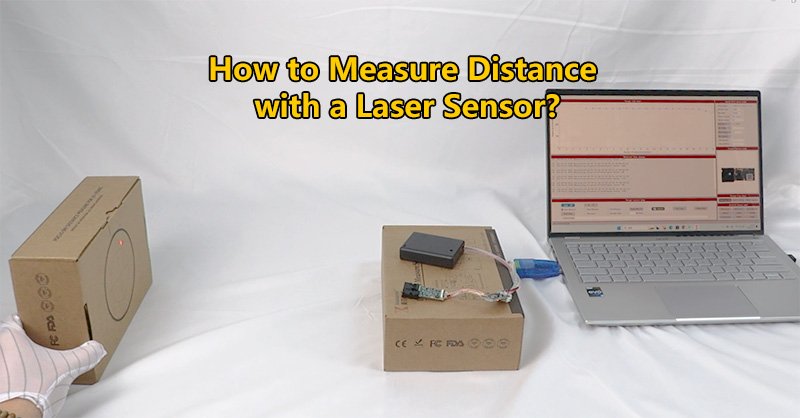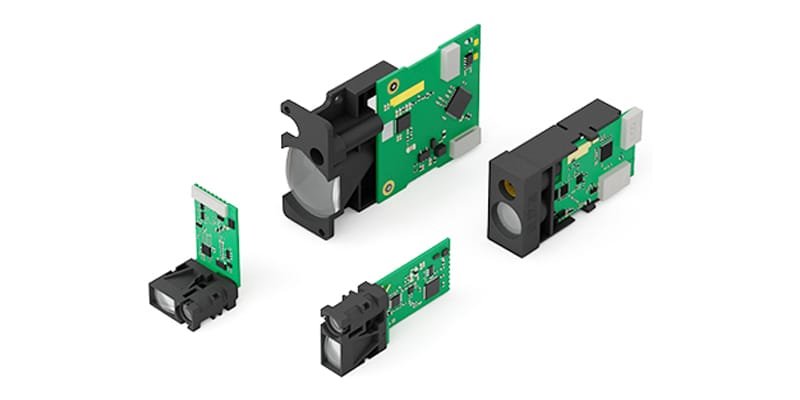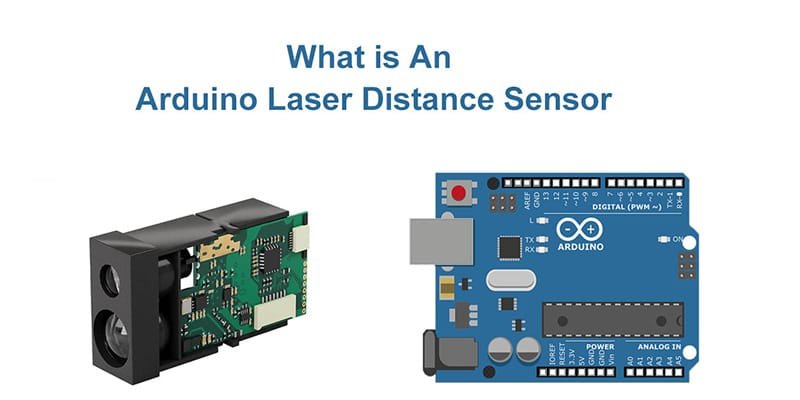The Difference Between Phase Laser Distance Sensors and Pulse Laser Rangefinder Sensors
Understanding Phase and Pulse Laser Sensors: Key Differences and Applications
n the fields of industrial automation, surveying, logistics, and other precision measurement sectors, laser distance sensors play a crucial role. Two commonly used types are phase laser sensors and pulse laser sensors. While both are highly accurate and reliable, they are designed for different measurement needs due to their distinct operating principles.
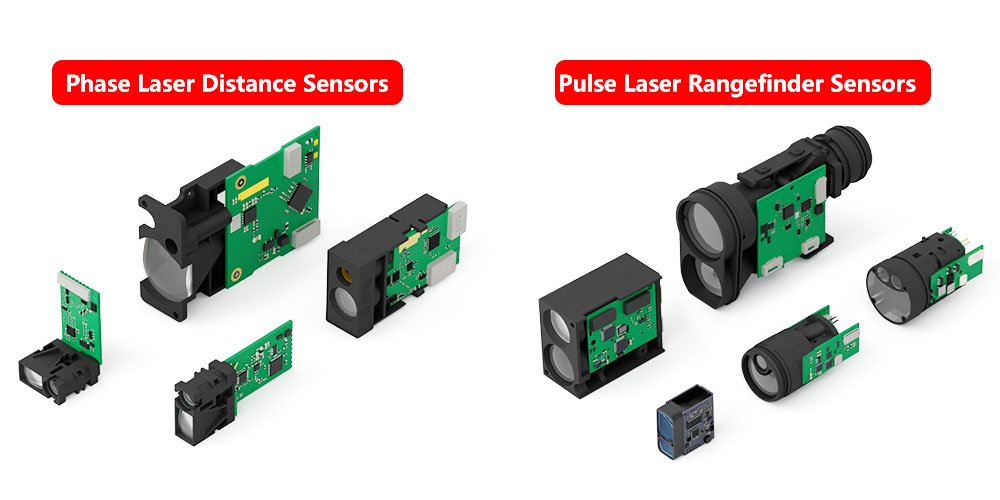
Measurement Principles and Advantages of Phase Laser Distance Sensors
Phase laser distance sensors determine distance by analyzing the phase shift of modulated laser beams. The device emits a modulated laser signal, and by comparing the phase difference between the emitted and reflected signals, it achieves precise distance measurements.
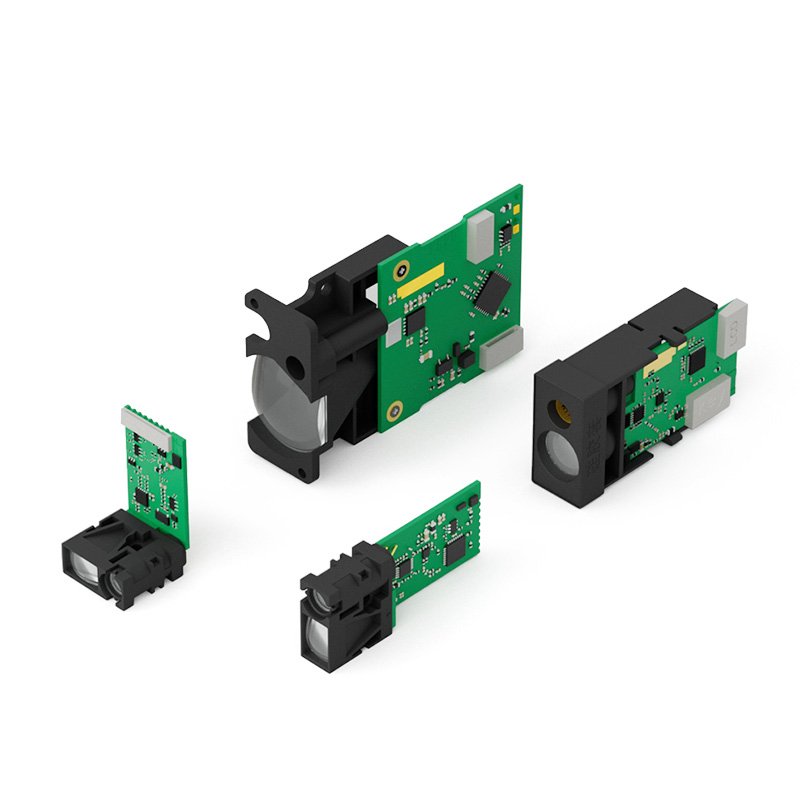
Key Features of Phase Laser Sensors
- Measurement Range: 0.03 meters to 200 meters.
- Measurement Accuracy: 1 to 3 millimeters, suitable for high-precision applications.
- Fast Response Time: Ideal for scenarios requiring rapid and continuous measurements.
Applications of Phase Laser Sensors
- Industrial Automation: Accurate object positioning and distance detection in production lines.
- Construction and Surveying: Precise indoor measurement tasks such as floor leveling, ceiling height measurement, and 3D modeling.
- Robotics Navigation: Enables precise positioning and obstacle detection in autonomous systems.
Measurement Principles and Advantages of Pulse Laser Rangefinder Sensor
Pulse laser sensors adopt a different technique known as Time-of-Flight (ToF). By emitting short laser pulses and calculating the time it takes for the beam to reflect back, these sensors excel in long-distance measurement scenarios.

Key Features:
- Measurement Range: 3 meters to 3000 meters.
- Measurement Accuracy: 0.5 to 1 meter, ensuring reliable data in outdoor conditions
- High Adaptability: Performs efficiently in challenging environments such as bright sunlight, rain, or fog.
Applications:
- Security and Surveillance: Effective for perimeter security, drone monitoring, and unmanned surveillance systems.
- Surveying and Exploration: Ideal for large-area mapping, geological surveys, and mining exploration.
- Bridge and Water Level Monitoring: Provides real-time, non-contact data for structural monitoring in engineering projects.
Key Differences Between Phase and Pulse Laser Sensors
| Aspect | Phase Laser Distance Sensors | Pulse Laser Rangefinder Sensors |
| Measurement Range | 0.03-200 meters | 0-3000 meters |
| Measurement Accuracy | 1-3 millimeters | 0.5-1 meter |
| Working Principle | Based on phase shift calculations | Based on laser time-of-flight (ToF) |
| Best-Suited Applications | Short-range, high-precision measurements | Long-range measurements |
Why Choose Our Laser Distance Sensors?
Our company specializes in developing and manufacturing laser distance sensors equipped with proprietary technology. As a high-tech enterprise with years of industry experience, we offer both phase laser distance sensors and pulse laser rangefinder sensors to meet diverse application demands. Our product range combines:
- Advanced Optoelectronic Technology for improved accuracy and stability
- Robust Design to withstand complex environmental conditions
- Custom Solutions tailored to meet your specific industry requirements
Whether you require short-range precision measurement for automation tasks or long-range data collection for industrial monitoring, our laser sensors offer exceptional performance and reliability.
Contact Us Today!
We are committed to providing professional support and customized solutions to help you achieve your measurement goals. Reach out to us to learn more about our innovative laser distance sensors and how they can enhance your business operations.

